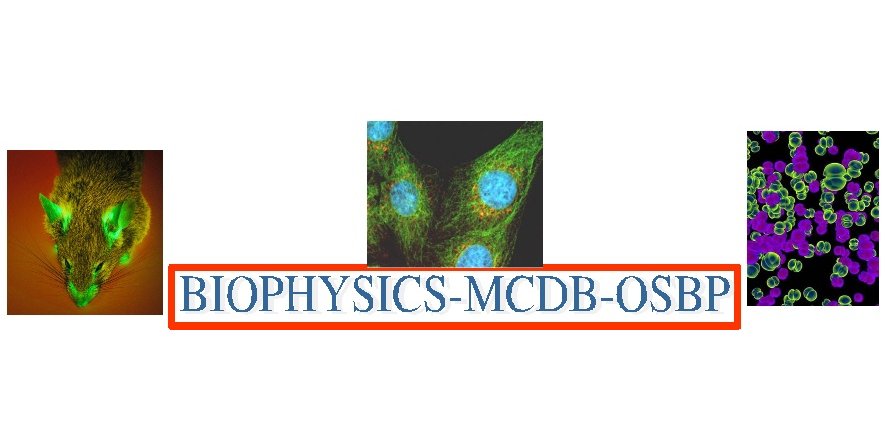Interdisciplinary Graduate Programs Symposium

2010 OSU Molecular Life Sciences
Interdisciplinary Graduate Programs Symposium

Poster abstracts
Abstract:
The hydration dynamics of water in the immediate vicinity of protein
surface is critical to understand the structure and biological
functions of proteins. Time-dependent fluorescence Stokes shift
experiments have revealed the biphasic relaxation following
photoexcitation near protein surface occurring on a time scale of
several picoseconds and tens of picosecond or longer.
Theoretical studies using both linear response and direct
nonequilibrium molecular dynamics (MD) calculation qualitatively
reproduced the biphasic behavior of time dependent Stokes shift for
Trp-7 (W7) in myoglobin observed from experiments. Further
constrained MD simulation with frozen protein reveals the molecular
mechanism of slow hydration process and elucidate the critical
role of protein flexibility. The coupled protein-water motion is
shown to be necessary for the observation of the slow dynamics
occurring on tens picoseconds.
Linear response theory has been reported to give good approximations
with the nonequilibrium relaxation of Stokes shift in the studies of
solvation dynamics. It breaks down for Trp-140 (W140) in
Staphylococcus nuclease. Two isomers are found in the electronic
ground state of Trp on the time scale of 35 nanosecond simulation.
Isomerization of local structure around W151 is crucial to explain
the mechanism how linear response theory deviates from the
nonequilibrium process.
Keywords: solvation, coupled water-protein motion, linear response theory